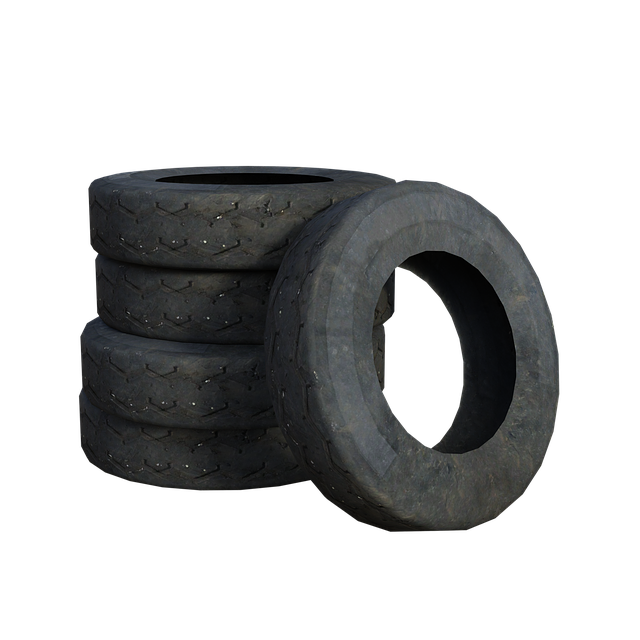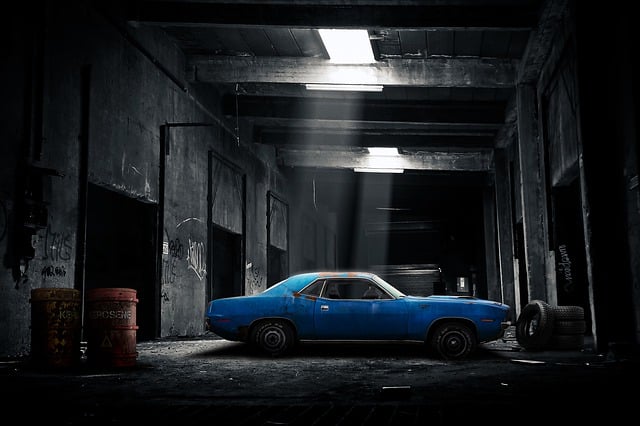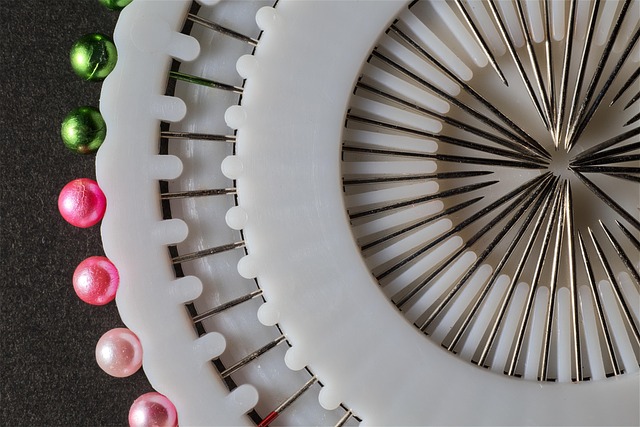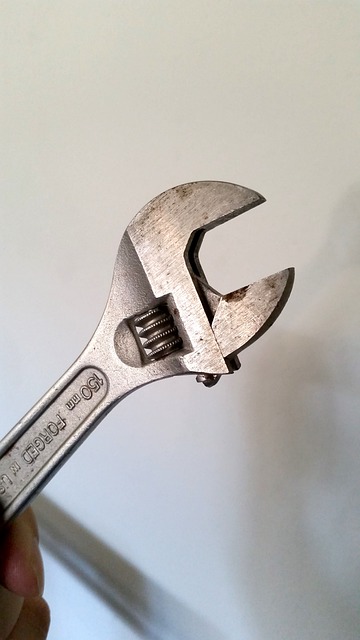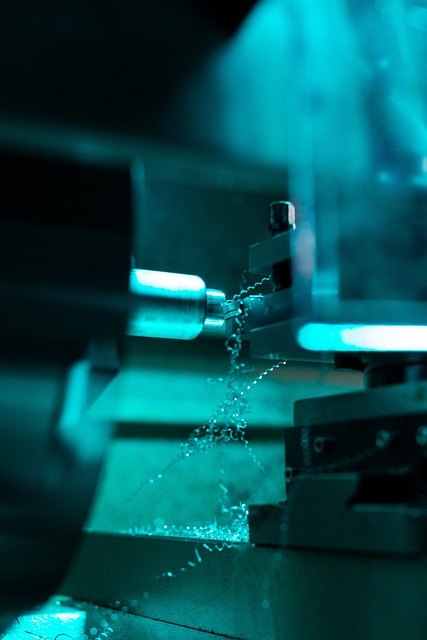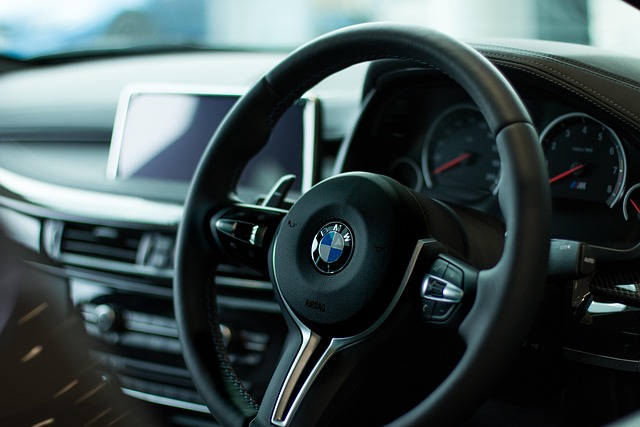The evolution of matte finish in automotive aesthetics traces back to technological advancements that allowed for diverse finishes, meeting changing consumer preferences. Recently, matte finish repair has experienced a resurgence due to personalized styling demands, DIY culture, and reduced imperfection visibility compared to glossy paints. This trend highlights the dual benefits of matte finishes: enhancing aesthetics and providing protection for vehicle bodywork and glass components. The non-reflective surface improves visibility and reduces eye strain, making it popular in auto detailing. Driven by durability, low maintenance, and unique contemporary aesthetics, matte finishes offer subtle modern elegance, gaining popularity in both residential and commercial settings, particularly in automotive applications. The preference for matte finish repair in collision repairs is due to its seamless concealment of repairs and low-maintenance surface, along with environmental benefits like reduced waste and carbon footprint.
The sleek, non-reflective allure of matte finish is making a dramatic comeback. Once overshadowed by glossy alternatives, matte finish repair is gaining popularity again, driven by its unique aesthetic appeal and functional benefits. This trend isn’t just a retro revival; it offers modern applications enhanced durability, reduced visibility of imperfections, and a distinctive look. From automotive restorations to contemporary design projects, the versatility of matte finish repair is redefining surfaces in unexpected ways.
Explore the historical evolution of this finish and discover why its resurgence is a testament to its enduring appeal.
- The Evolution of Matte Finish: A Historical Perspective
- Benefits of Matte Finish Repair: Enhancing Aesthetics and Performance
- Reviving the Trend: Why Choose Matte Finish for Modern Applications?
The Evolution of Matte Finish: A Historical Perspective
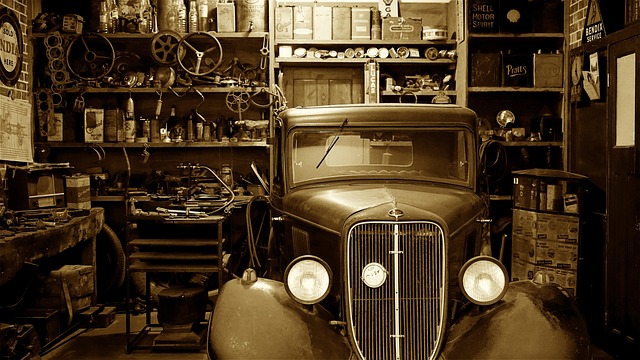
The evolution of matte finish in automotive aesthetics is a journey that traces back to the early days of car manufacturing. Historically, matte finishes were less common compared to their glossy counterparts due to technological limitations and the preference for high-gloss coats that showcased vehicle colors vividly. However, as time progressed, advancements in paint technology enabled manufacturers to create more diverse finishes, including matte options. This shift was not merely about aesthetics; it also reflected changing consumer preferences for unique and subtle looks.
In recent years, there’s been a resurgence of interest in matte finish repair, reflecting a broader trend among car enthusiasts and owners who appreciate the distinct visual appeal of non-reflective surfaces. This revival can be attributed to the growing demand for personalized vehicle styling, as well as the rise of DIY restoration and repair culture. The popularity of matte finishes is further boosted by their versatility, durability, and the reduced risk of showing off imperfections like scratches or swirls compared to glossy paints—a factor especially appealing in collision repair and car restoration processes.
Benefits of Matte Finish Repair: Enhancing Aesthetics and Performance
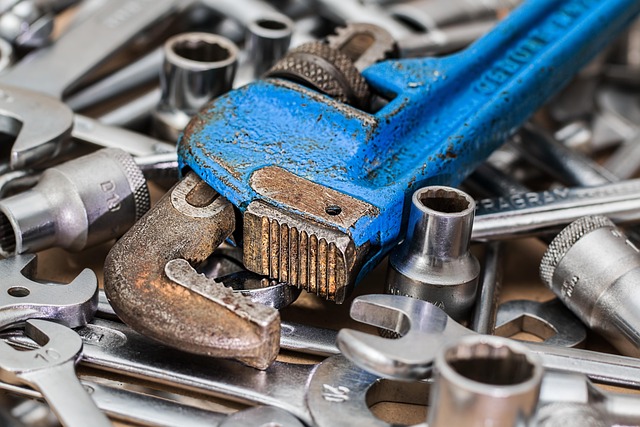
The resurgence of matte finish repair is a testament to its ability to enhance both the aesthetics and performance of various surfaces, including vehicle bodywork. This technique has long been associated with industrial and functional finishes, but it’s now making waves in the realm of auto detailing. The smooth, non-reflective surface not only adds a unique visual appeal, but also serves as a protective layer against environmental factors like UV rays and oxidation, extending the lifespan of the underlying material.
In the context of auto glass repair, matte finish repair offers a subtle yet significant advantage. Unlike glossy finishes that can reflect unwanted light and create distracting glare, a matte finish provides a more uniform and less reflective surface. This is particularly beneficial for windshields and other automotive glass components, where clarity of vision is paramount. By choosing matte finish repair for auto detailing, car owners not only achieve an eye-catching look but also ensure optimal visibility and reduced eye strain during driving.
Reviving the Trend: Why Choose Matte Finish for Modern Applications?
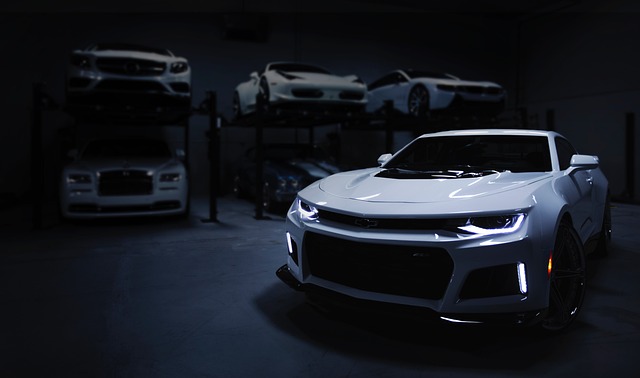
In recent years, there’s been a notable resurgence in the popularity of matte finish repair, a trend that challenges the long-standing dominance of glossy and metallic finishes. This shift isn’t merely about aesthetic preference; it’s driven by a desire for durability, low maintenance, and a unique, contemporary look. Matte finishes offer a subtle, modern elegance that complements today’s sleek design sensibilities. They’re particularly appealing in automotive applications, where they can provide a protective layer that’s less prone to showing off imperfections compared to shiny finishes.
This trend is evident in both residential and commercial settings. For instance, in collision repair services, matte finish repair is increasingly favored for its ability to conceal repairs seamlessly, resulting in a more uniform and aesthetically pleasing car body repair. Similarly, in the realm of auto body painting, the versatility of matte finishes allows for creative expression while maintaining a practical, low-maintenance surface. The popularity of this finish can also be attributed to its environmental friendliness, as it often requires fewer coatings than traditional glossy paints, reducing both waste and the carbon footprint associated with auto body painting processes.
The resurgence of matte finish repair in today’s design landscape reflects a growing appreciation for its unique aesthetic and functional benefits. As we’ve explored, this timeless finish offers enhanced durability and a subtle, sophisticated allure that complements both classic and contemporary styles. With modern technologies making matte finish repair more accessible and efficient than ever, it’s clear why this approach is gaining popularity once again. Embracing matte finish repair allows us to preserve historical artifacts while also enhancing the look and longevity of modern surfaces, creating a harmonious blend of old-world charm and cutting-edge craftsmanship.


